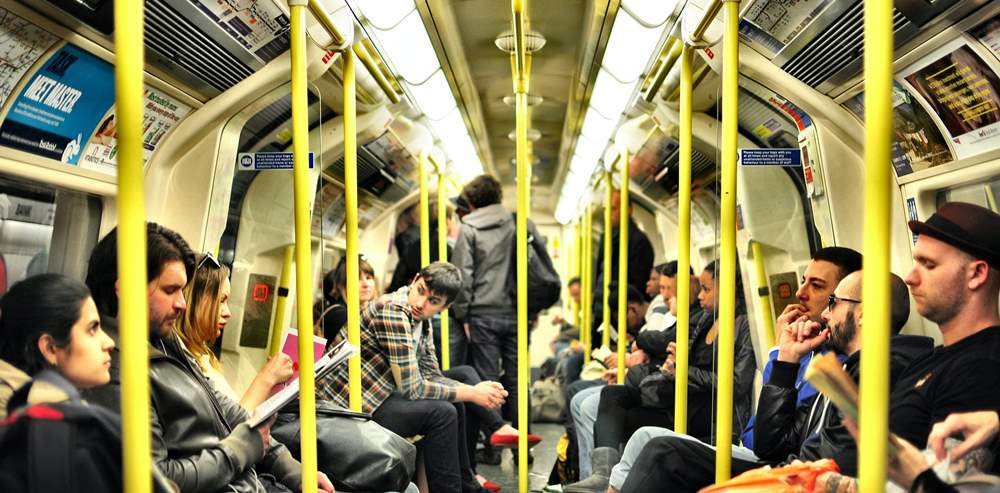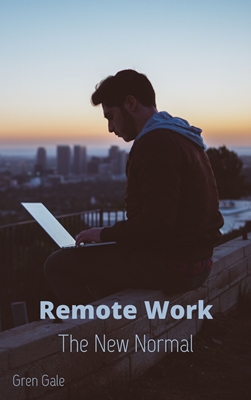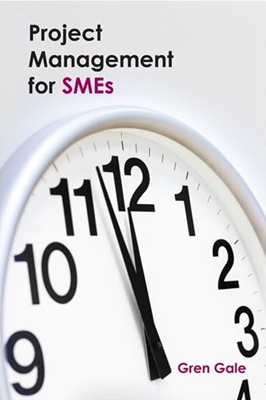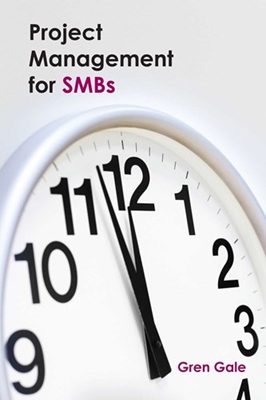A close run thing
In August 2020 despite a surge in COVID infections the UK government, desperate to revive restaurants, public transport and coffee shops started a campaign to persuade workers to return to the office. This was very quickly dropped when scientists warned that it made no sense in light of a rapid rise in infections. Since then the number of deaths from COVID in the UK has risen from around 40,000 to over 120,000 and recent research has confirmed that this would have been yet worse had a mass return to offices happened.
UK government figures including the Chancellor Rishi Sunak have recently started pushing the same line again about a return to work and abandoning remote work and some employers in the US like Google and Facebook are re-opening offices at reduced capacity soon.
The workplace has been the main source of infections in the UK
While the UK government has had a simple stay at home message during its lockdowns, even in December 2020 when the virus was declared to be out of control by the UK’s Health minister there were significant groups of workers to whom the stay at home rule didn’t apply. A BBC Report based on data obtained through a Freedom of Information request has shown that there were 60 outbreaks in the first two weeks of the December 2020 lockdown that were suspected to have started in the workplace.
The data from Public Health England obtained by the BBC, lists the different types of workplaces where there have been clusters of cases, with offices coming top. The data showed there were more than 500 outbreaks, or suspected outbreaks, in offices in the second half of 2020 – more than in supermarkets, construction sites, warehouses, restaurants and cafes combined.
Vaccination will help greatly but remember that not all people can be vaccinated and that all of the vaccines to date have shown reduced effectiveness particularly against the South African variant. The Independent newspaper is reporting that recent trials of the Novavax vaccine showed 89% effectiveness in the UK where the South African Variant has been suppressed but only 60% effectiveness in South Africa. Variants arise in areas with high infection rates and Europe, South America and still to some extent the US remain potent breeding grounds for variants given the relative lack of success in controlling the virus.
Re-opening offices is not simple and carries a threat of legal action if not done well
For employers opening offices, meeting health and safety requirements and government legislation for track and trace is likely to be arduous and an employer encouraging or forcing a large-scale return to work could be taking legal risks. They might be open to legal action if such a measure could be linked to the infection and death of an employee. If they make a return to the office optional, will they spend a lot of time and money preparing offices and health and safety systems only to find employees reluctant to return?
Many offices don’t adapt well to social distancing and all companies should carry out risk assessments and publicise these to staff before reopening. Companies should also ensure that there is a robust and ideally anonymous way for staff to notify them of concerns regarding the security of the work environment. Companies may want to consider implementing Employee Engagement tools – these give staff an opportunity to provide regular and continuous feedback on how happy they are with their work environment.
Travelling to work is full of uncertainties
Going into a city to work feels like a much greater level of risk and loss of control. How crowded will the station be? Will everyone be as committed to social distancing as you are? How busy will the public transport be? Even if the commuter train isn’t overly crowded then it’s highly unlikely to have windows that open for fresh air, rather it will have air conditioning which recirculates the air that your fellow travellers are breathing out. I’ve heard the spread of this virus compared to being in proximity to a cigarette smoker. Sit outside or in a well-ventilated area then you’ll get a whiff of their smoke, sit in a closed room and you’ll eventually breathe lots of their smoke in. One hour on a commuter train and the chances are you’ve breathed in a lot of other people’s exhalations.
Most public transport and offices have frequent touch points and air conditioning that recirculates everyone’s exhalations
Public transport is full of frequent touch points – touch screen ticket machines, carriage door opening buttons, arm rests, roof hangers and tables. As if that wasn’t enough once you get to your office, you’re faced again with a lack of opening windows and recirculated air through office air conditioning systems. Modern offices are unhealthy environments at the best of times. In a typical winter, colds sweep through whole office blocks passing quickly from person to person on recirculated air. A brand new tower block in London switched off their air conditioning for this reason, but clearly that’s not going to be an option for all offices. What about elevators? I know someone who works for a bank in a new skyscraper in London. Their main complaint pre COVID was the queues at the elevators at peak arrival and go-home times. How will an office like that cope and who wants to be in an elevator in a pandemic, mask or not!! Remote work has many attractions. Losing the commute, greater flexibility, child care positives, a general feeling of greater control and ability to get more work done are often quoted by home workers, but even if we put these to one side, the uncertainties inherent in work in cities is going to keep the return to offices low for a good time yet.
Remote working will be one of the long-term legacies of this pandemic. Employers and employees have proved it can work and it has so many advantages for both that it’s not going to fade once populations have been successfully vaccinated. For governments looking from a wider perspective, it’s also interesting that economies are already adapting to the reduction in social mixing that the pandemic has brought. The Economist has indicated that there are signs that economies all over Europe are adapting to lockdowns, with falls in output now much lower than for the first lockdowns in March 2020. A mass return to the office at the end of the pandemic seems increasingly unlikely.
Enterprises need to re-organise to optimise the gains from remote work
However, to reap all of the potential gains of remote work, it is vital that companies do this right, re-organise for home working and not just continue the same office-based processes but remotely. Communication strategies need to be worked on, Knowledge bases built, processes adapted to home working, employees looked after and helped to overcome negatives like loneliness and anxiety and attention paid to their home office working environment. Staff at all levels need to be trained to support the ‘new normal’ and strategies worked out to help people who are unable or unwilling to adapt to this way of work.
Read more in Remote Work The New Normal and The Remote Project Manager or call me on +44 (0) 7788 925027 if you need help in making remote working really work for your company.
Gren Gale is a consultant and author.








Recent Comments